The current coronavirus outbreak has laid bare structural inequalities in the UK including in Britain’s health care system. It was the devastating reality of our disposability that was undoubtedly a trigger to the level of world-wide response to George Floyd’s death in the middle of the pandemic. The video of George Floyd’s plea for compassion in the last moments of his life rightly enraged all justice loving people, even more so at this moment when it was blatantly obvious that Black and minority ethnic people in the Global North are killed by poverty, and made vulnerable to the virus through the kinds of poorly paid ‘frontline’ jobs that many are forced to do, to health conditions that are exacerbated through structural racisms and micro aggressions and discriminated against in access to health care.
Within two weeks of lockdown in the UK it was also clear that Black and minority ethnic health workers were also paying a far higher price for the pandemic than their white counterparts. The first four doctors to lose their lives were migrant doctors without whom the British National Health Service would have been on its knees, unable to provide free access at the point of care to the people of Britain. It was not simply black and minority medics that died disproportionately but BME (Black, Minority and Ethnic) workers generally in the NHS and other frontline services. Of the deaths in healthcare workers reported, 63% were in BAME groups: 36% were of Asian ethnicity (compared to 10% of NHS workforce) and 27% were of black ethnicity (compared to 6% of the NHS workforce). Despite these stark inequalities, the current government which has intensified class and racialised inequalities are happy with a cover up. After commissioning a report from Public Health England on disproportionate deaths amongst black and Asian ethnicities, the responses from 1000 plus organisations and individuals that were consulted as part of the review and their recommendations for action were removed from the report because of fears of disorder after the spread of BLM protests.
The Black Lives Matter movement across the world and in the UK has highlighted the interlinking structural racisms that Sivanandan referred to when he asserted that racism was an exercise of power and intrinsically linked to capitalist exploitation. The story of the NHS and the experience of its BME workers are entwined with Britain’s imperial influence and the extraction of resources from the Global South. This time highly trained personnel! As early as 1957, the Willink Committee on medical manpower found that 12% of doctors in a random sample taken from Medical directories in 1953 and 1955 were mainly overseas trained. The history of migrant medics in the NHS gives poignant meaning to one of Fanon’s last sentences in Black Skins White Masks: ‘Was my freedom not given to me then in order to build the world of the You?’ While Fanon was reflecting on the possibility of an egalitarian world, the post-independence world has continued to be structured to privilege the needs of the imperial centre. This extraction of intellectual capital for the NHS continues with significant numbers of migrant trained doctors and nurses coming from India, the Philippines and from across the African continent. Today 40% of medics in the NHS are from BME backgrounds and over 20% of the overall staff of the NHS are from BME communities. The NHS is the largest employer of BME staff in Britain, yet the image of the NHS by government and the media is perpetually of a British institution threatened by migration rather than shored up by it. Academics have reflected: ‘The popular perception of the NHS as a “typically British” institution (in a restrictive white sense than in an inclusive sense) tends to prevail in public perceptions of the organisation and in its self-image.’ (Simpson et al 2010).
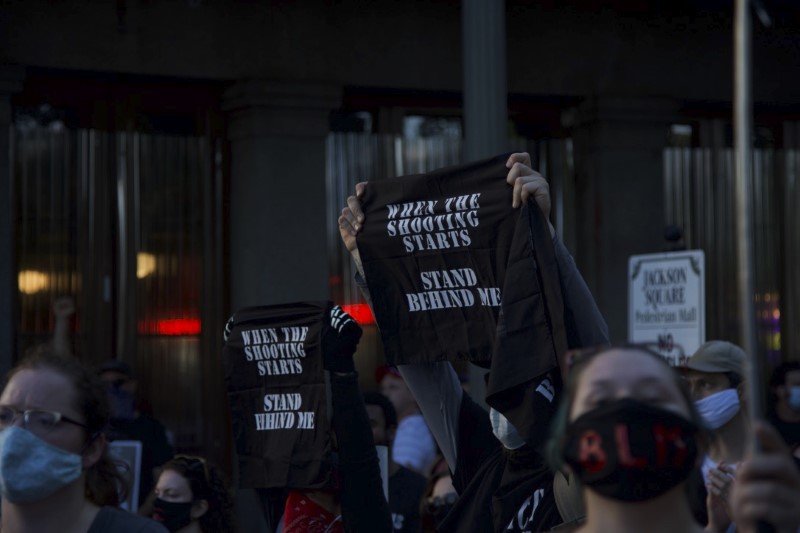
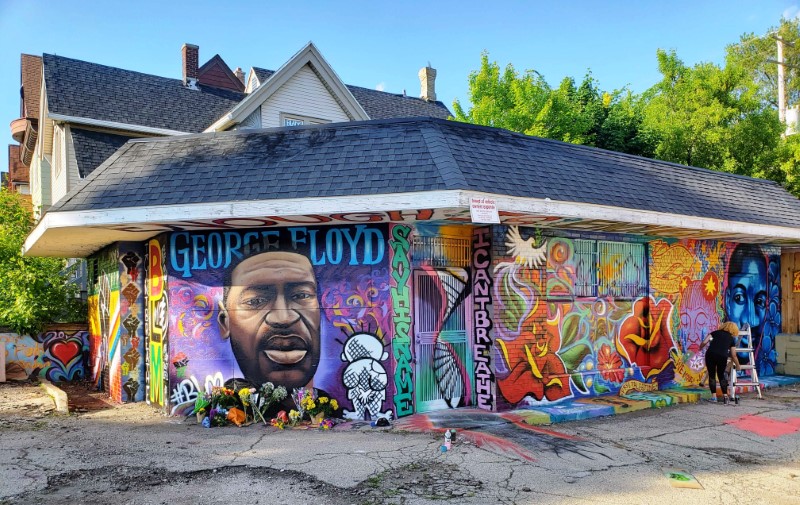
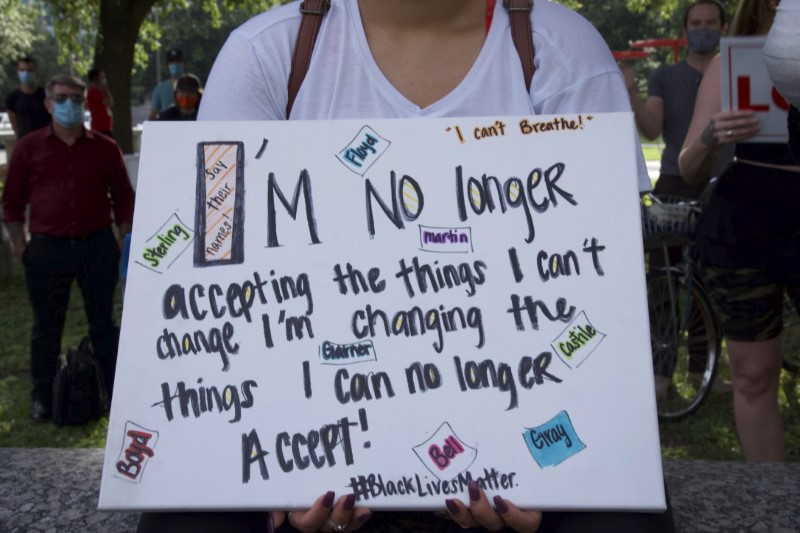
The online BBC archive showing the development of the NHS up to the 1970s does not show a black or Asian person, nor does it mention immigration. Denied recognition as not just contributors to the NHS but its fellow architects and developers, the NHS has been criticised for its ‘snowy white peaks’ in management with black nurses and medics left on the ‘frontline’. This historical amnesia of migrant contributions to the NHS has played out in the current media representation of the pandemic which during the first two weeks of the lockdown in particular remained stubbornly white. Press and government discourse associated the NHS approach to the pandemic with military language – ‘fighting’ the virus, and endless reference to ‘the frontline’. This was aligned with the repeated use of terms like a ‘Dunkirk spirit’ (stoicism and determination). One newspaper even described the PPE crisis as a ‘21st century Dunkirk’ with ‘people coming together across society to help keep the NHS in protective equipment.’ Peppered with images of white nurses, white lab workers and white health care workers in juxtaposition with a photo of the historic rescue of troops during the Second World War, care and protection was coloured in such reports as white.
The amnesia regarding migrant health workers’ contribution to the NHS highlights the continued racisms that play out in British society. The BLM movement has enabled many to speak out about racism in all areas of British life including the NHS and social care. The Nursing Times reported that black nurses felt disproportionately targeted to work on Covid wards. ‘Some are saying they are being taken from the wards that they usually work on and put on the Covid wards and they feel that there is a bias – the same bias that existed before they are feeling is now influencing their being appointed and they are terrified, everybody is terrified.’ The Guardian reported on an NHS blood unit that was systemically racist with an atmosphere that was described as ‘toxic’ and ‘dysfunctional’ with promotion based on both race and class. Recently Donna Kinnair, General Secretary of the Royal College of Nursing also spoke out about her own experience of racism when she entered the NHS. She was told by her sister:
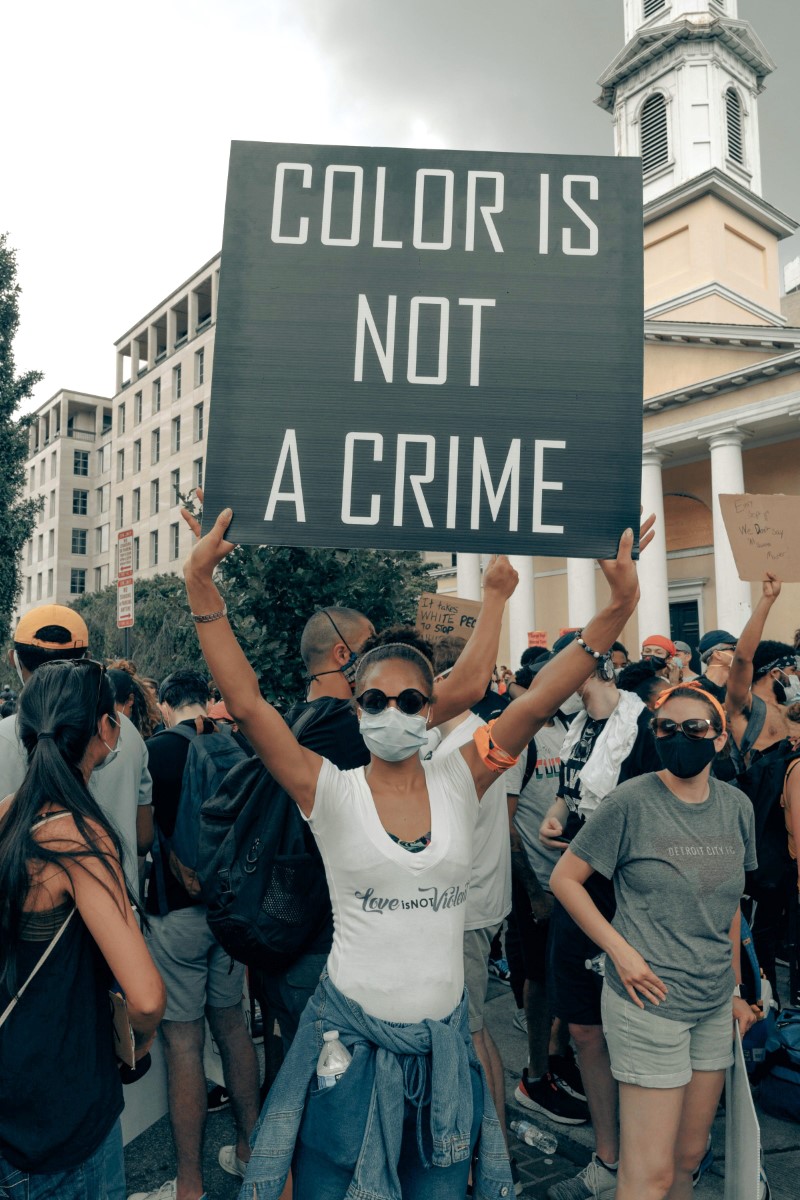
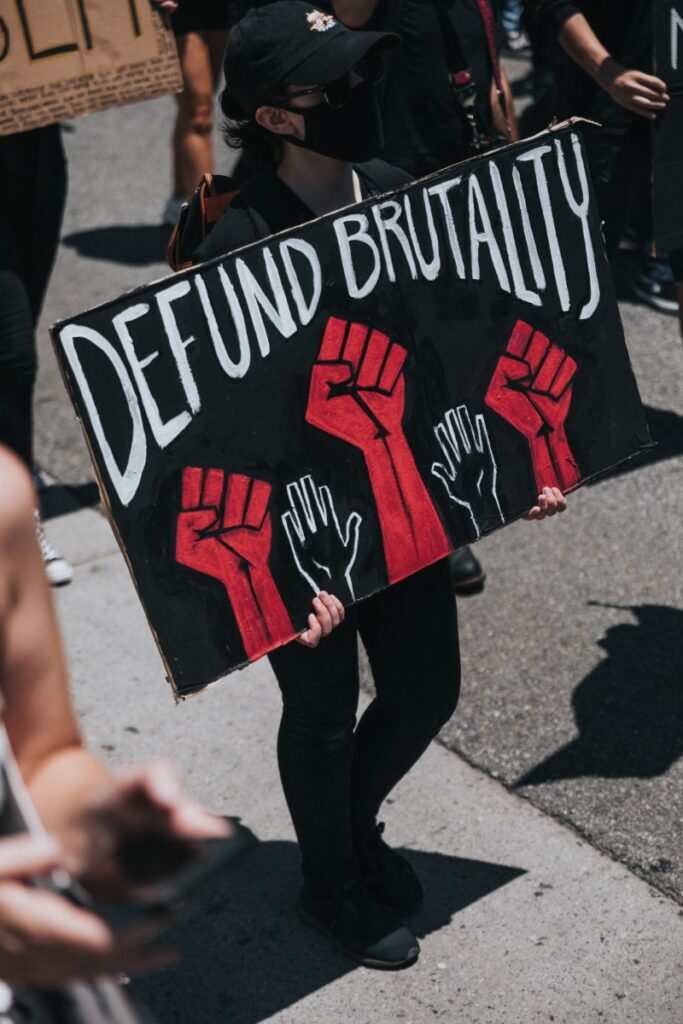
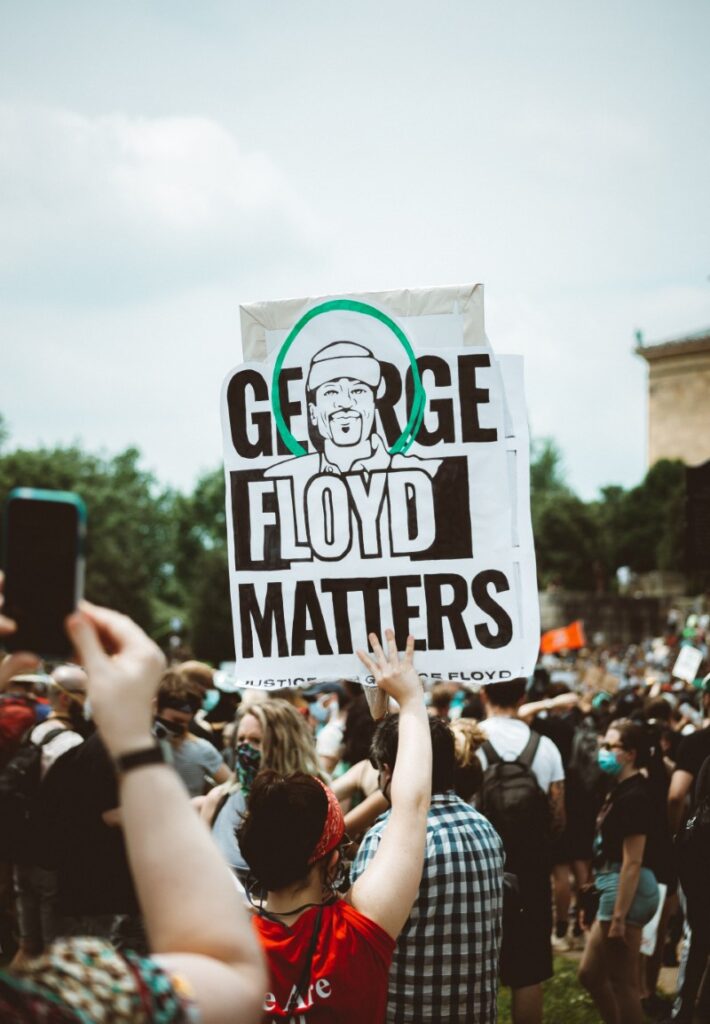
‘Watch out, they’ll try to push you into a lower grade.’ She was right. ‘In my interview they started saying it would be better for me to be a state-enrolled nurse. I said: “No thank you, not with my qualifications, and if you don’t want me I’ve got an interview at Bart’s down the road.” That was my first experience of racism in the NHS.’
In a review of BME nurses’ experiences, researchers have found that some of the key concerns were multiple racisms including underemployment, lack of staff development, and excessive scrutiny and punishment’. This is borne out in Workforce Race and Equality Standard statistics that indicate for example, white staff are 1.5 times more likely to get a job and that more BME staff experience workplace bullying and being disciplined. It has led to many leaving the profession.
But it is not simply overt undermining or even bullying that are the only causes of inequality, but structural racisms enacted by the British state. The ‘hostile environment’ policies of the government discriminate against migrant workers in the UK. Already required to pay high visa fees, migrant workers are forced to pay £400 per year to access the health service, even if they work for the NHS. It has damaged the principle of health care for all. Despite calls to stop these fees following the deaths of BME workers during the pandemic, the government intends to hike these fees which could increase the cost of living for a migrant worker by over £2000 per year for a family of four. While shoring up the health service, and often filling the roles that are the least desired, the exploitative treatment of these workers intensifies the meaning of Siva’s words ‘when [racism] becomes institutionalised in the power structure of society, then we are dealing not with attitudes but with power.’
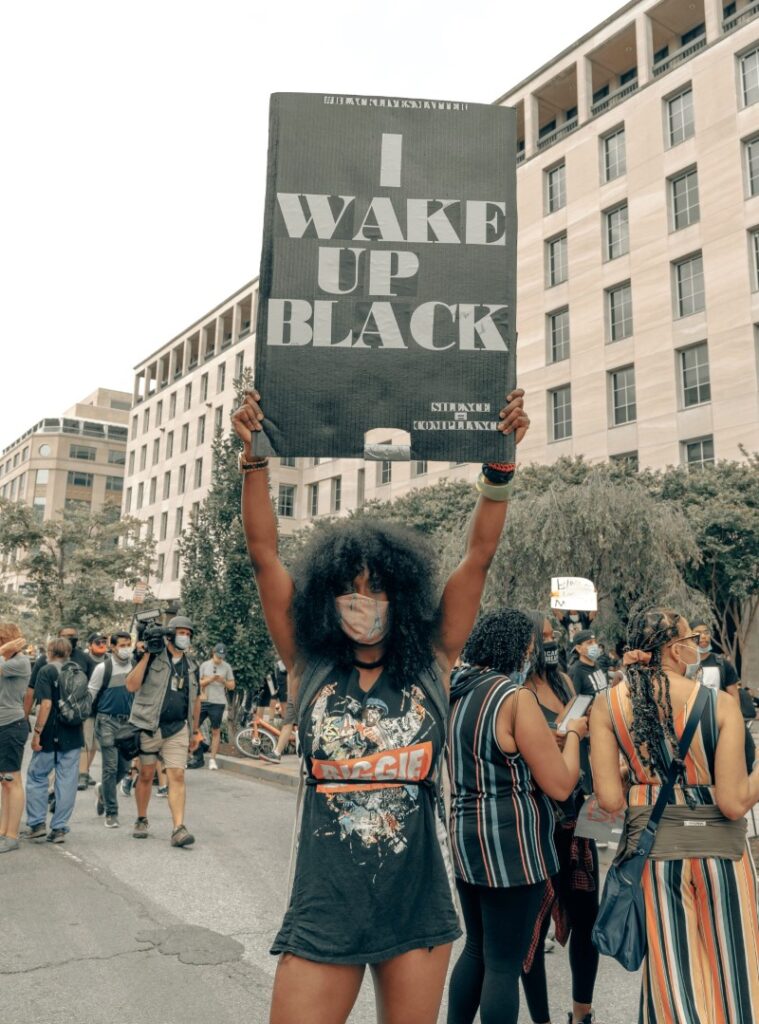
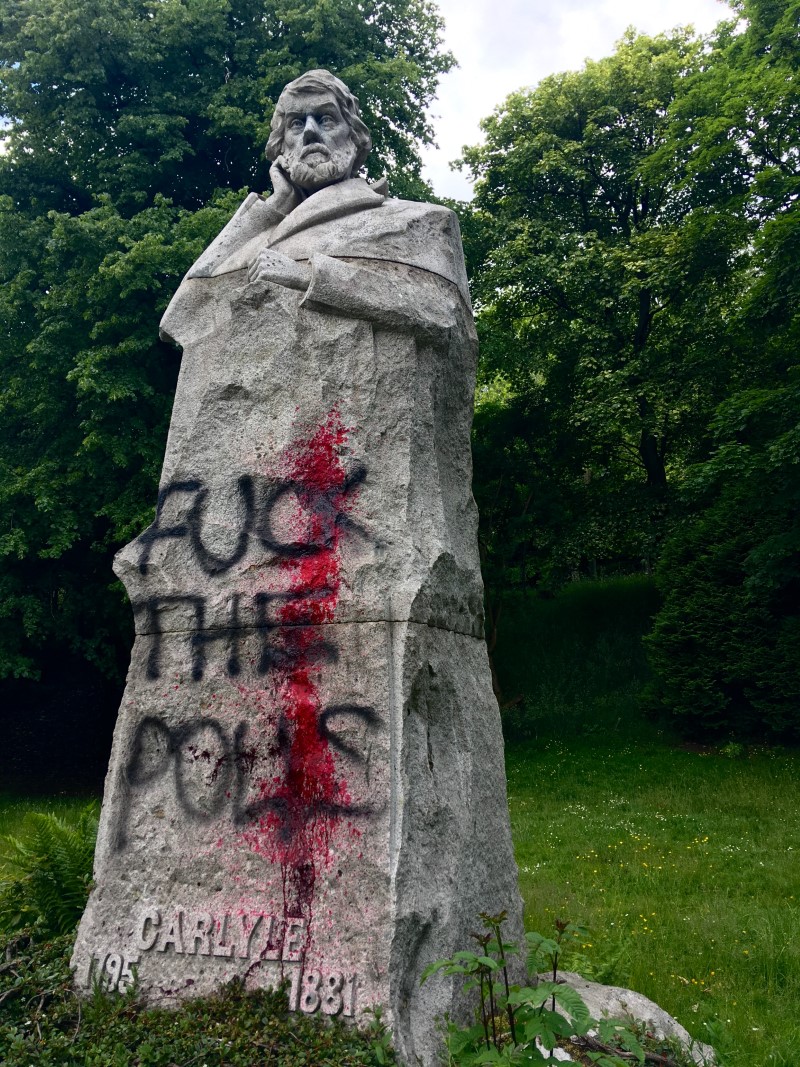
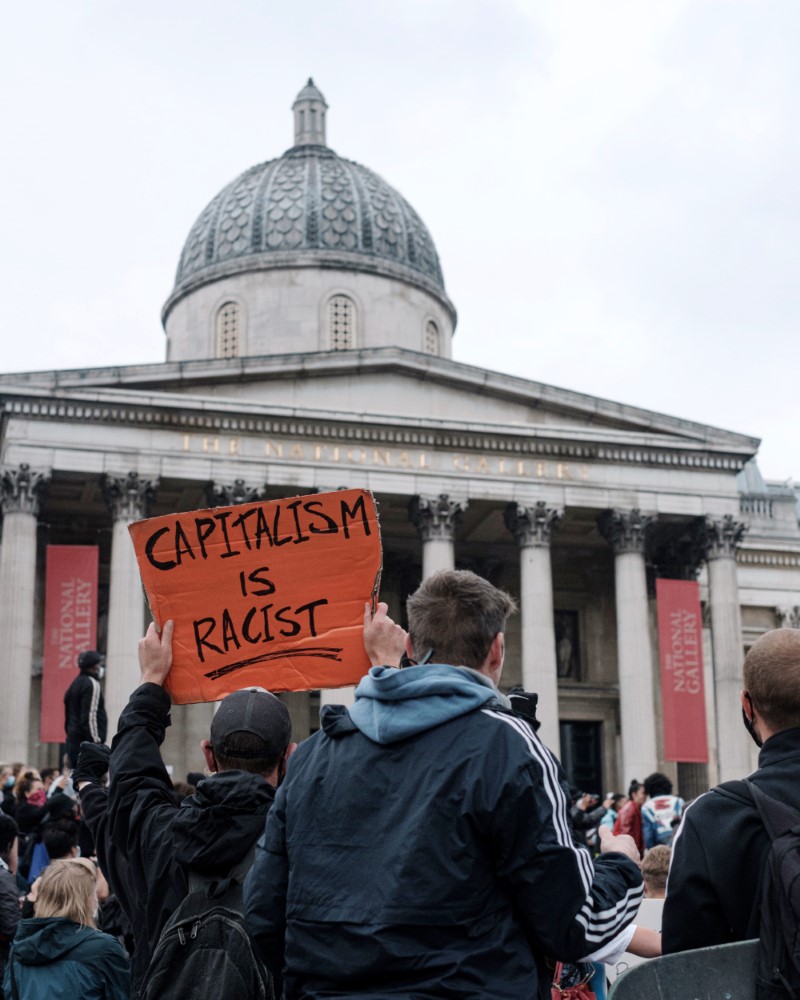
To understand these structures of power and the impact that they have on the black and ethnic minority lives of health workers in the UK, a new study called Nursing Narratives: Racism and the Pandemic will gather the stories of nurses and support workers in the NHS both before and during the pandemic. The story of BME nursing staff and the story of the pandemic are entwined with complex histories of racism which can only be fully understood through amplifying the experiences and voices of those who have been marginalised. We will make a documentary to disseminate the findings of our research. Migrant Media are partners in the project and as film director Ken Fero stated: ‘Those in the frontline health services, so many of whom were from Black and migrant backgrounds, must have their experiences documented and their hopes for the future heard. Our lives were in their hands and it’s important that the overwhelming respect and support of the public that manifested is not transitory.’ To find out about the project as it develops please see www.nursingnarratives.com and follow us on twitter @Nursesnarrate.
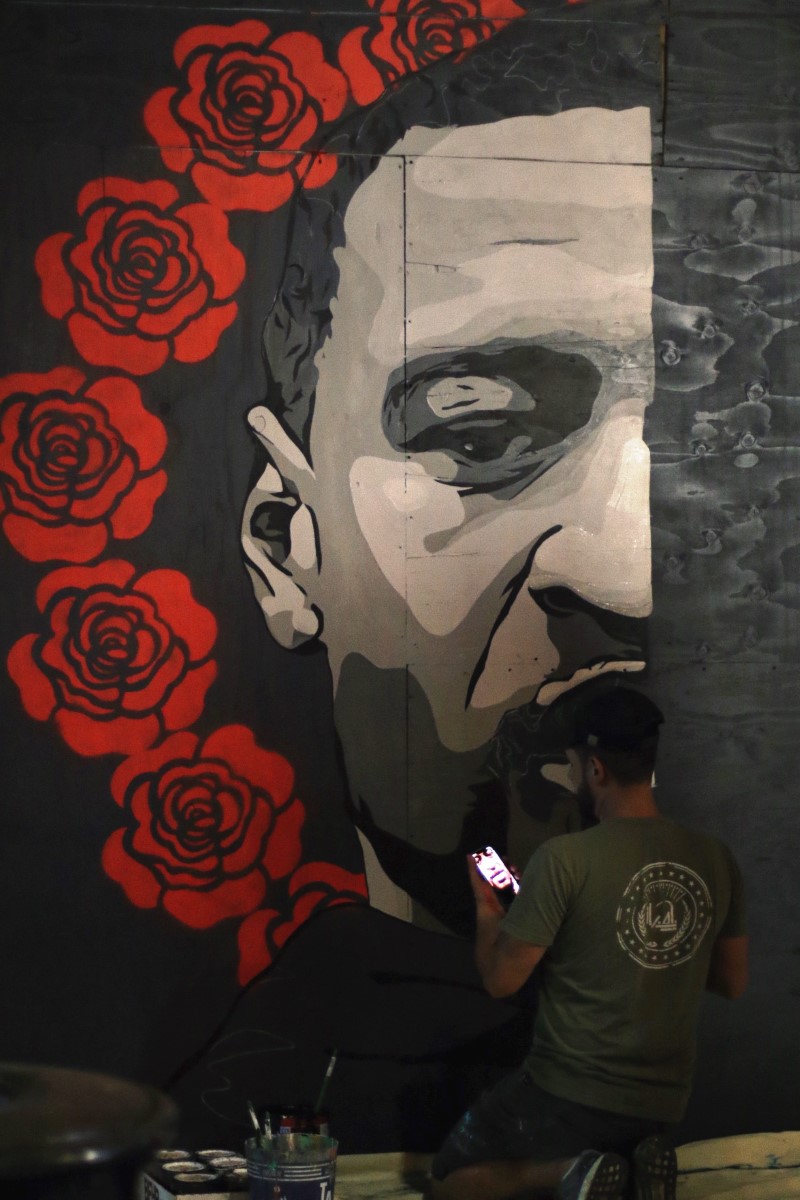
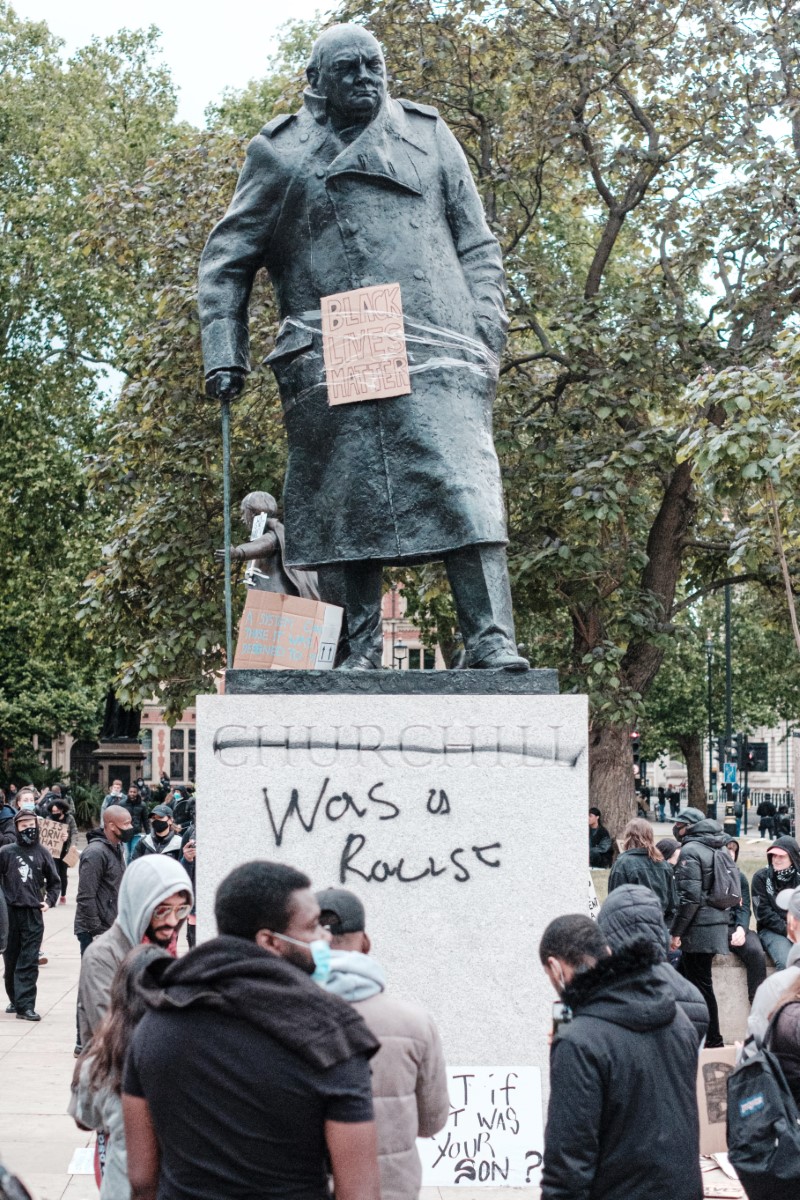
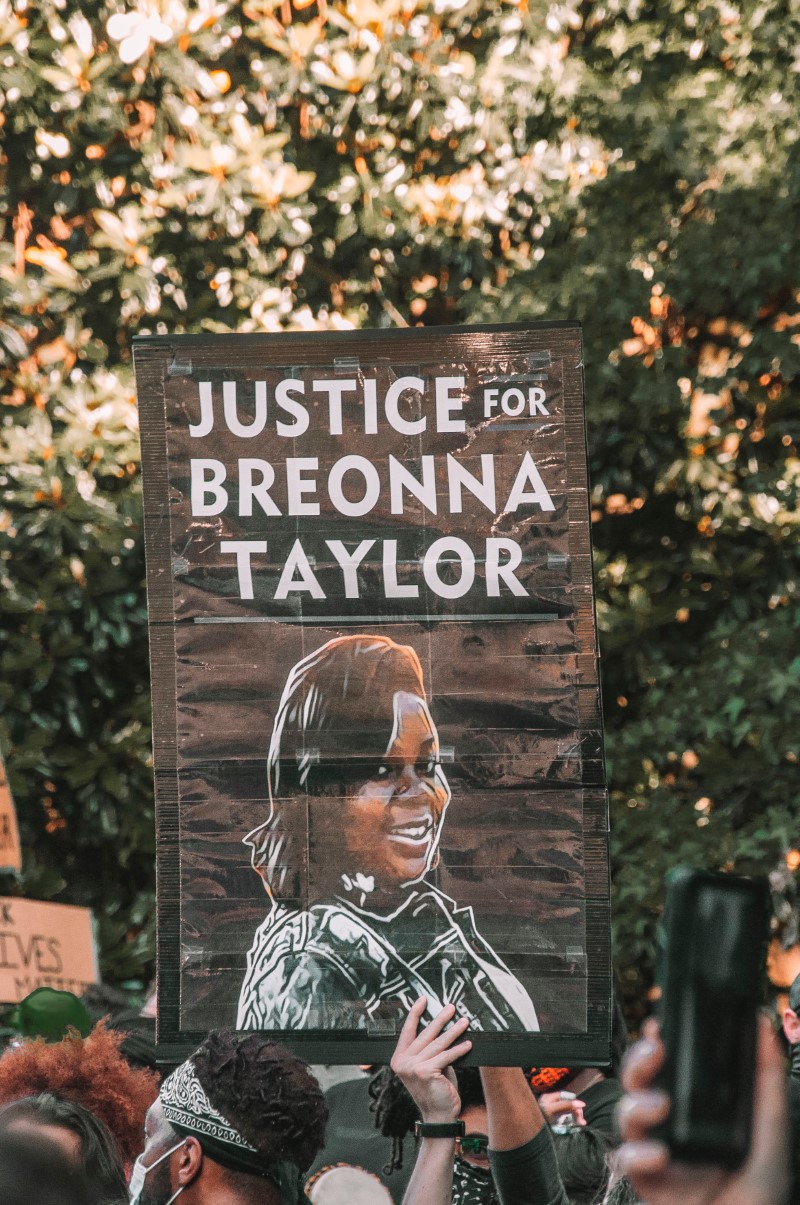
It has been stated that: ‘The popular perception of the NHS as a “typically British” institution (in a restrictive white sense that than in an inclusive sense) tends to prevail in public perceptions of the organisation and in its self-image.’ (Simpson et al 2010).









